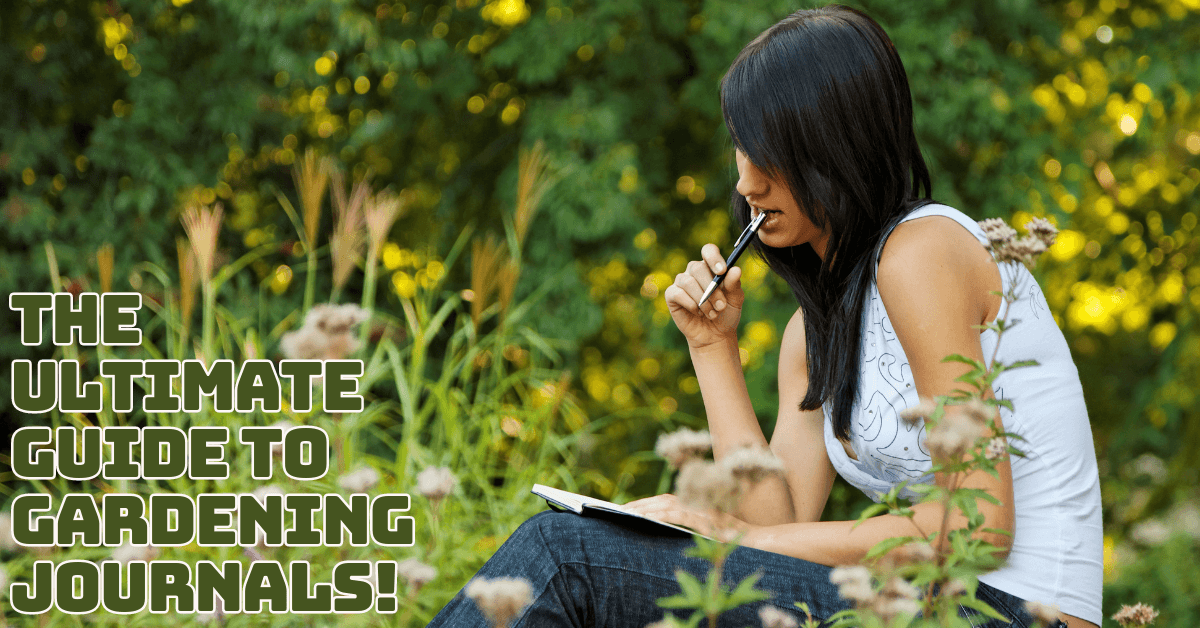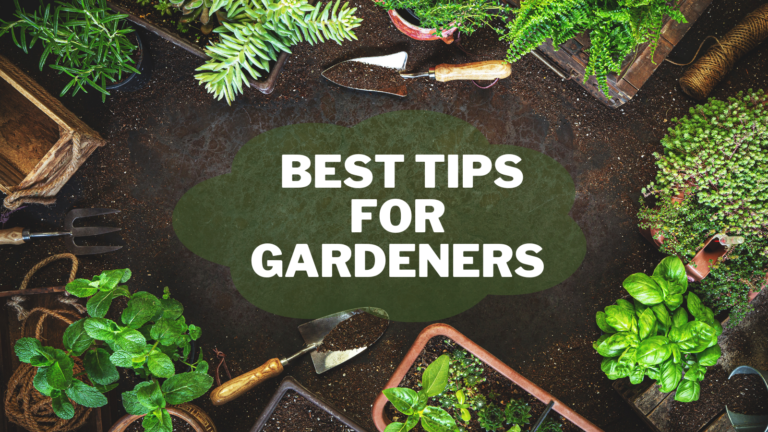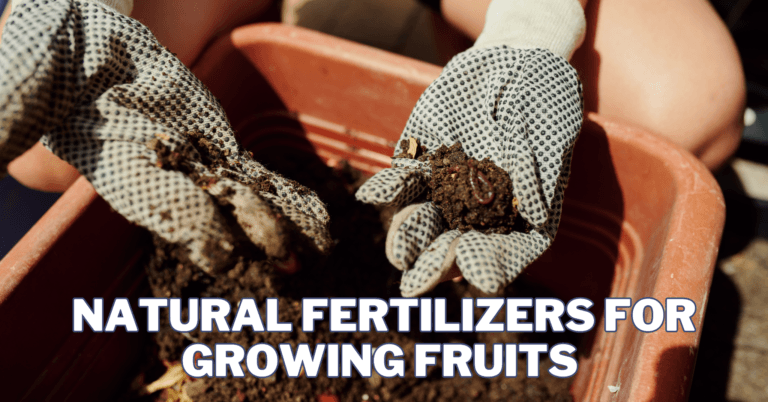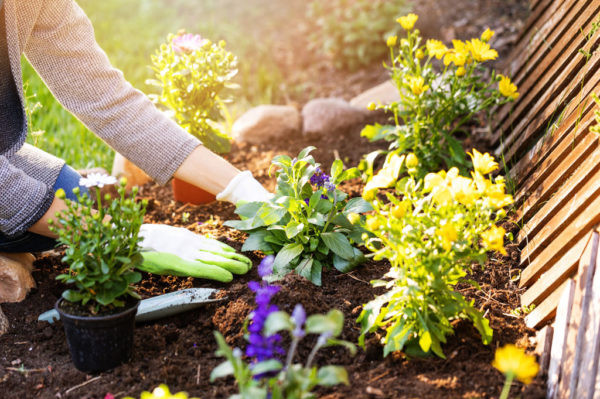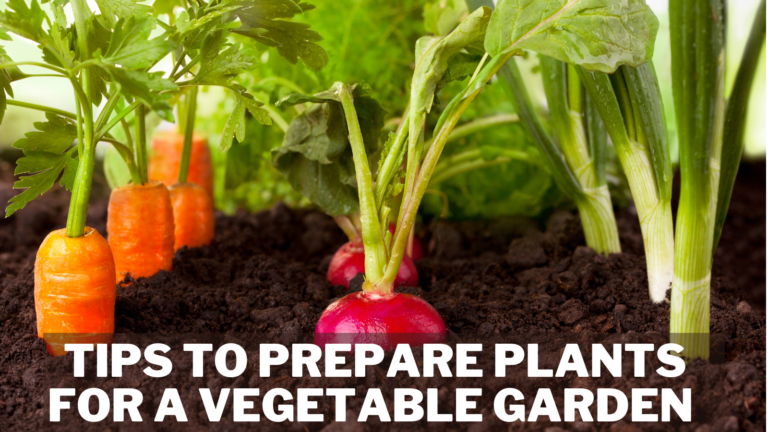The Ultimate Guide To Gardening Journals
The Ultimate Guide To Gardening Journals
Gardening Journals are an invaluable tool for both novice and experienced gardeners. They offer a structured way to document and enhance your gardening journey.
This ultimate guide will explore the benefits of keeping a gardening journal, provide tips for effective journaling, and suggest creative ideas to personalize your entries.
Whether you aim to track plant growth, plan future projects, or reflect on your gardening experiences, this guide will help you make the most of your gardening journal.

What Is A Gardening Journal?
A gardening journal is a personal record-keeping tool gardeners use to document their activities, observations, and progress over time.
It is a valuable resource for planning, tracking, and reflecting on various aspects of gardening.
Maintaining a gardening journal lets you keep detailed notes on multiple topics, such as plant types, planting dates, weather conditions, soil quality, pest and disease management, watering schedules, and harvest results.
One key benefit of a gardening journal is that it allows you to learn from your experiences. By regularly recording observations and outcomes, you can identify patterns and trends that influence plant growth and garden productivity.
For example, you might notice that certain plants thrive in specific locations or that weather conditions lead to pest problems.
This information increases the success of your garden overall by enabling you to make wise decisions in subsequent gardening seasons.
A gardening journal can be as simple or elaborate as you prefer. Some gardeners use a basic notebook, while others opt for digital apps or specialized gardening journals with pre-printed templates.
You can include sketches, photos, and garden layout plans to enhance your records. Over time, your journal becomes a personalized gardening guide, offering insights tailored to your unique garden environment.
Why Keep A Gardening Journal?
Keeping a gardening journal offers numerous benefits that enhance your gardening experience and success. Here are some key reasons to maintain one:
1. Track Progress And Growth
A gardening journal helps you track the growth and development of your plants by documenting planting dates, growth stages, and harvest yields.
Recording these details will allow you to monitor your garden's progress, identify patterns, and make informed decisions about future planting schedules.
This tracking can help you improve your garden's overall health and productivity by maximizing plant location, adjusting care routines, and ensuring plant growth.
2. Learn From Experience
Each gardening season offers valuable lessons. A gardening journal lets you capture these insights.
By recording what went well and what didn't, you may learn from your experiences and prevent making the same mistakes.
This ongoing learning process helps you refine your techniques, adapt to changing conditions, and become a more skilled and knowledgeable gardener.
Over time, your journal becomes a personalized guide that enhances your gardening success by building on past experiences.
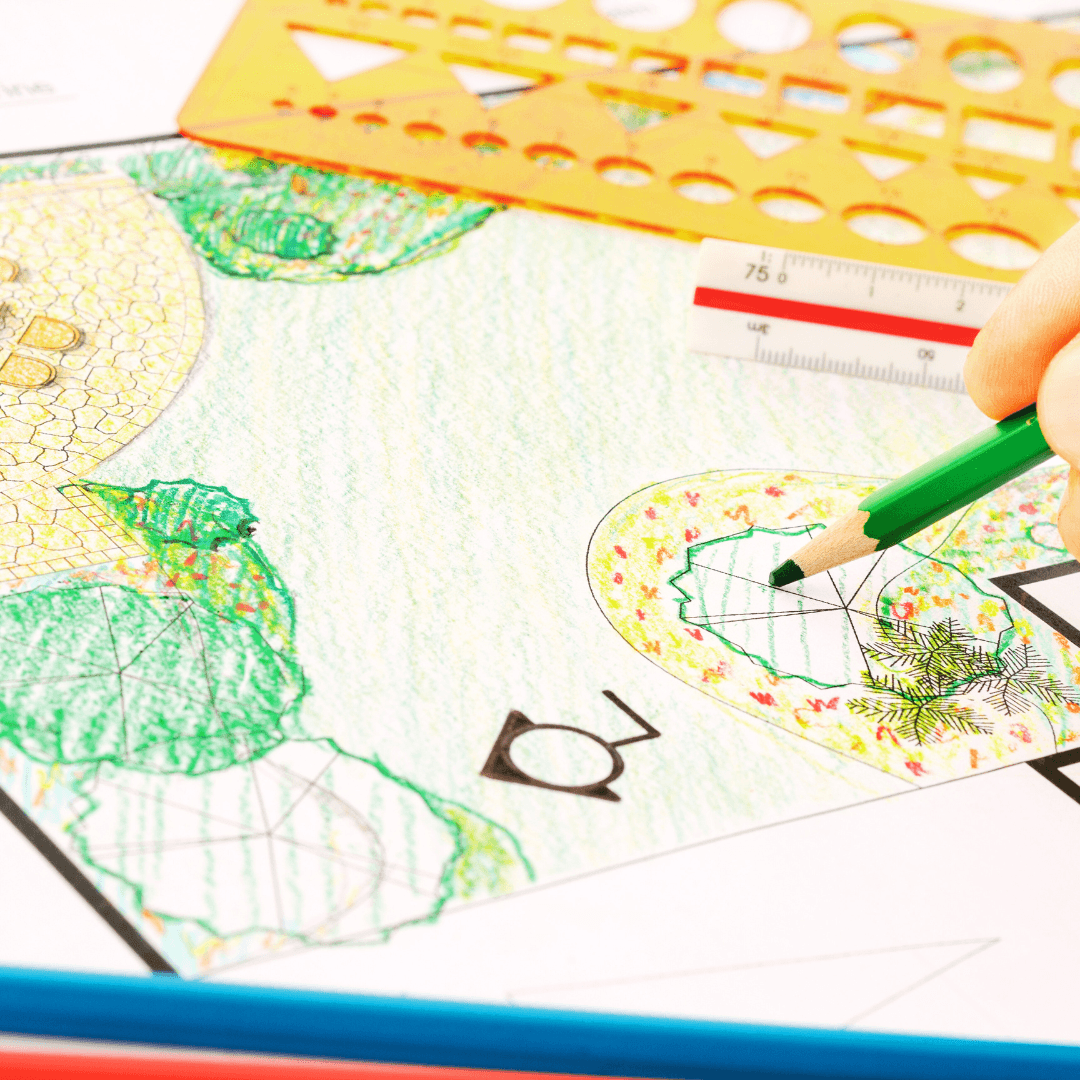
3. Plan And Organize
A gardening journal is an essential tool for planning and organizing your garden. It helps you map out garden layouts, plan crop rotations, and schedule planting dates.
By recording your plans and organizing tasks, you can decide which plants to grow each season and ensure your garden is well-structured and productive.
This organized approach helps you make the most of your space, manage resources efficiently, and achieve better results in your gardening efforts.

4. Celebrate Successes
A gardening journal offers a space to celebrate your successes and achievements, adding joy to the gardening experience.
Whether it's a bountiful harvest, the successful growth of a new plant variety, or overcoming a challenging gardening issue, documenting these milestones allows you to reflect on your hard work and progress.
This positive reinforcement boosts motivation, encourages continued learning, and deepens your connection to your garden, making each success even more rewarding.
5. Personalized Reference Guide
Over time, a gardening journal evolves into a personalized reference guide tailored to your unique garden.
Documenting your experiences, observations, and outcomes offers insights and tips relevant to your garden’s environment.
This customized knowledge base becomes an invaluable resource for future gardening endeavours.
It helps you make informed decisions, refine techniques, and improve your garden’s success based on past experiences. It’s a guide that grows with you, enhancing your gardening journey year after year.
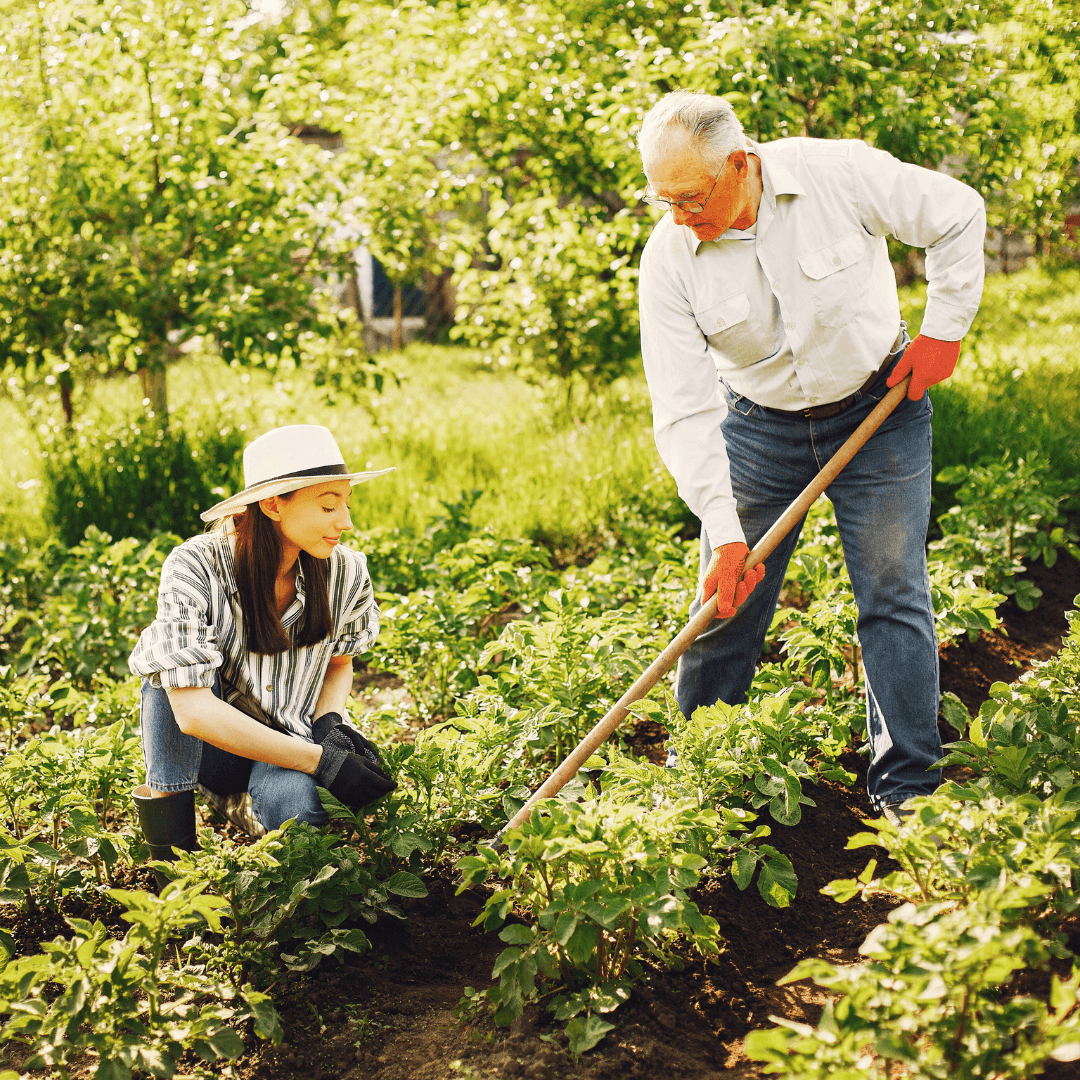
6. Improved Plant Health
Regularly documenting the health of your plants in a gardening journal helps you identify early signs of disease, pest infestations, or nutrient deficiencies.
When you know the situation, you may respond skillfully by modifying watering schedules, administering essential treatments, or rotating crops to prevent soil depletion.
Knowing the factors influencing plant health, you can maintain a thriving garden, produce healthier plants, and achieve more successful gardening results.
7. Enhanced Creativity
A gardening journal fosters enhanced creativity by offering a space to experiment with new planting techniques, garden designs, and plant combinations.
You can explore innovative ideas and refine your gardening style by recording your experiments and their outcomes.
Over time, this creative exploration encourages the development of unique and personalized gardening approaches, allowing you to discover what works best for your garden and continually enhance your gardening practices.

8. Budget Management
Tracking expenses in a gardening journal, such as costs for seeds, soil, tools, and fertilizers, helps you manage your gardening budget effectively.
By recording and comparing costs year by year, you can identify trends and areas where you might save money.
This financial overview allows you to make more cost-effective decisions, optimize your spending, and budget better for future gardening projects, ensuring that your gardening efforts remain enjoyable and economically sustainable.
9. Seasonal Planning
A gardening journal aids in seasonal planning by helping you track key tasks like starting seeds, transplanting seedlings, and pruning plants at the right times.
Reviewing past entries can align your gardening activities with seasonal changes, ensuring timely care for your plants.
This foresight allows you to stay organized, manage your garden effectively, and adapt to seasonal variations, leading to a well-maintained garden and optimized growing conditions throughout the year.
10. A Record Of Personal Growth
A gardening journal captures your growth as a gardener by documenting the evolution of your knowledge, skills, and garden.
As you record your experiences over time, you can see how your expertise has developed and how your garden has transformed.
This continuous record provides a rewarding sense of progress, highlighting improvements and achievements. It serves as a motivational tool, reflecting your journey and encouraging you to keep learning and enhancing your gardening practices.
How To Keep A Garden Journal
Keeping a garden journal is a fantastic way to track your gardening progress, learn from your experiences, and plan for future seasons. Here’s how you can get started:
1. Choose Your Gardening Journal
When choosing your garden journal, consider whether a physical notebook or a digital format suits your needs.
A physical notebook offers a tactile experience, ideal for sketches and personal notes, and should have ample space for photos and detailed entries.
On the other hand, a digital format, like a spreadsheet, app, or document, provides easy updates, photo uploads, and search functions, making tracking progress and organizing information convenient.

2. Set Up Your Gardening Journal
To set up your garden journal, begin with a title page that includes your name, the year, and your garden's name, if applicable.
This adds a personalized touch. Next, organize your journal by creating sections for different topics, such as plant types, weather patterns, garden layout, and seasonal tasks.
These sections will help you keep track of your gardening activities, making it easier to reference specific information throughout the growing season.
3. Record Garden Layouts
When recording your garden layout, start by creating a sketch or digital map of your garden, marking the location of each plant.
This visual guide helps you see the overall design and organization. Add notes detailing plant spacing alongside the map to ensure each has enough room to thrive.
Also, include information on sun exposure for each area and any companion planting strategies you use to optimize growth and plant health.

4. Track Planting And Harvesting In Your Gardening Journal
When tracking planting and harvesting, record the dates you plant, transplant seedlings, and eventually harvest your crops.
This helps you monitor the growing cycle and plan for future seasons. Additionally, document the varieties of plants you’re growing, including specific names and any unique care instructions they require.
This information is invaluable for understanding what works best in your garden and for replicating successful harvests year after year.
5. Monitor Growth And Progress
As you monitor your garden's growth and progress, regularly document details like plant height, leaf size, and flowering timing.
This helps you track how well your plants are developing over time. Take photos at different stages to capture visual evidence of their progress and complement your notes.
By consistently observing and recording these changes, you can better understand your plants' needs and make adjustments to enhance their growth.

6. Observe And Record Weather Conditions
To effectively observe and record weather conditions for your garden, start by tracking daily weather details such as temperature, rainfall, humidity, and wind.
This ongoing process helps you understand how weather patterns impact your plants.
Additionally, keep a close eye on frost dates by noting the first and last frost of the season in your area. This information is crucial for timing planting and protecting your garden from unexpected cold snaps.
7. Note Problems And Solutions
In your garden journal, note problems and solutions by tracking any pests or diseases and detailing how you managed them. Include specific treatments used and their effectiveness.
Equally important, document your successes by recording what worked well, such as effective fertilizers or successful watering schedules.
This thorough approach helps you understand the most beneficial strategies and provides a reference for addressing issues and replicating successes in future gardening seasons.
8. Plan For The Future
At the end of the season, reflect on your gardening experiences by reviewing what worked well and identifying areas for improvement. Analyze your gardening journal entries and notes to assess plant performance and garden practices.
Use these insights to make informed plans for next year’s garden, deciding which plants to grow again and what changes to implement.
This thoughtful planning process helps refine your strategies and enhance your garden’s future success.
9. Include Personal Reflections
You can incorporate personal reflections into your garden journal by noting your thoughts, feelings, and experiences while working in the garden.
Share what excites you about new blooms, any challenges you face, or moments of joy as you watch your plants grow.
This personal touch makes the journal more meaningful and creates a more enjoyable record to revisit, capturing the emotional journey of your gardening experience.

10. Review And Update Regularly
To keep your garden journal effective, establish a routine for updating it daily, weekly, or after significant events like planting or harvesting.
Consistently recording your observations and changes ensures you comprehensively record your garden’s progress.
This regularity helps track trends and adjustments and makes your journal valuable for future gardening decisions and reflections. The more consistent you are, the more insights you’ll gain.
Tips For Effective Gardening Journaling
Effective gardening journaling can greatly enhance your gardening experience by helping you track progress, plan, and learn from past seasons. Here are some tips for making the most of your gardening journal:

1. Be Consistent
Be consistent by updating your gardening journal regularly with detailed observations, weather conditions, and notes on plant growth.
Frequent entries ensure that your records are comprehensive and reliable. They also provide a valuable reference for future gardening decisions and help you track trends, improvements, and challenges.
2. Include Photos In Your Gardening Journal
Include photos alongside your written notes to document your garden's visual progress. Images of plant growth, garden layouts, and harvests provide a clear visual record that complements your notes.
This helps you track changes, assess the impact of different practices, and enjoy a more comprehensive view of your gardening journey.
3. Use Charts And Diagrams
Use charts and diagrams to track plant growth, garden layouts, and seasonal tasks. Visual tools like growth charts and layout maps simplify data organization and analysis, making it easier to understand trends, plan effectively, and make informed gardening decisions. These visual aids enhance your ability to manage and optimize your garden efficiently.

4. Record Failures And Successes
Record failures and successes in your gardening journal to gain insights into what worked and what didn’t.
Documenting mistakes and achievements helps you learn from past experiences, refine your techniques, and make more informed decisions for future gardening projects. This reflective practice leads to continuous improvement and better results over time.
5. Personalize Your Journal
Personalize your gardening journal by adding sections that suit your needs and interests. Include entries for soil and fertilizer notes, companion planting strategies, or recipe ideas using your garden produce.
Customizing your journal ensures it is a practical, relevant tool for your unique gardening practices and helps you focus on areas that matter most to you.
6. Reflect And Plan
Reflect and plan using your gardening journal to review each season and set future project goals.
Evaluate what worked and didn’t, and outline new strategies or improvements. Tracking your progress helps you stay organized and motivated, ensuring that you make informed decisions and continuously enhance your gardening practices throughout the year.
7. Stay Creative
Stay creative with your gardening journal by experimenting with various layouts and including sketches or drawings.
Use different journaling techniques that inspire you, such as colour coding or creative borders. This personal touch makes the journaling process more enjoyable and engaging and can help you better visualize and plan your gardening activities.
FAQ
1. How Often Should I Update My Gardening Journal?
The frequency of updates depends on your gardening style and the level of detail you want to record.
Many gardeners update their journals weekly, after significant garden events, or whenever they notice something worth noting, like the first bloom or a pest issue.
2. Can I Use A Digital Gardening Journal?
Many gardeners keep their journals using digital tools like apps, spreadsheets, or online platforms.
Digital journals can be convenient for adding photos, setting reminders, and organizing entries, though some gardeners prefer the tactile experience of a traditional paper journal.
Conclusion
Gardening journals are essential tools for both new and seasoned gardeners. They help you track plant growth, plan projects, and reflect on your gardening experiences.
Keeping a detailed record enhances your gardening skills and fosters a deeper connection with your garden.
Embrace the benefits of journaling and let your gardening journal guide you to a more organized and fulfilling gardening journey. Happy gardening and happy journaling!
I trust you enjoyed this article on The Ultimate Guide To Gardening Journals. Please stay tuned for more blog posts soon. Take care!
JeannetteZ
>>>Please click here to read my all-inclusive article, About The Essential Companion Planting Guide<<<
>>>Please click here to read my all-inclusive article about Container Gardening<<<
Are you interested in homegrown herbs and medicine? Please click here to find out more about it!
Your Opinion Is Important To Me
Do you have thoughts, ideas, or questions? I would love to hear from you. Please leave me your questions, experiences, and remarks about this article on The Ultimate Guide To Gardening Journals in the comments section below. You can also reach me by email at Jeannette@Close-To-Nature.org.
Disclosure
This post may contain affiliate links. I earn from qualifying purchases as an Amazon Associate and other affiliate programs. Please read my full affiliate disclosure.
You might also enjoy these blog posts:
Best Ways To Get Nature Therapy
9 Top Relaxing Nature Places In The World
Top 8 Common Steps Of Growing Geraniums
5 Quick Tips For Growing Coconut Trees
The 6 Best Things About Growing Pear Trees

